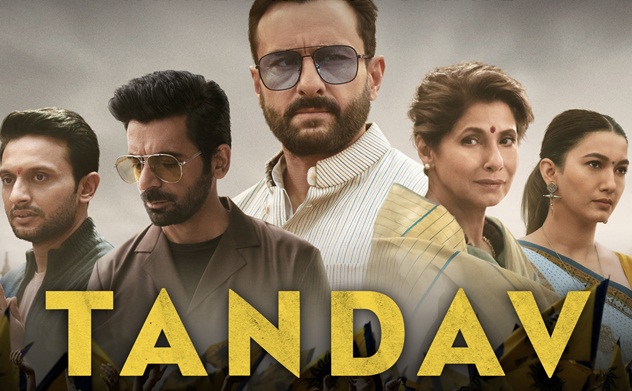The central government on Thursday notified the much-awaited social media policy under Information Technology (Intermediary Guidelines and Digital Media Ethics Code) Rules 2021 requiring over-the-top (OTT) platforms such as Netflix, Amazon Prime Video and Disney+Hotstar to self-classify movies, documentaries or web series into five age-based categories including adult (A) and unrestricted public exhibition (U).
The new rules have been framed after holding consultation with concerned experts in Delhi, Mumbai and Chennai over the last one and half years. While working on the new set of rules, the government had been urging OTT players to develop “self-regulatory mechanism”.
During this period, the government authorities studied the models in other countries including Singapore, Australia, EU and UK and found that most of them either have an institutional mechanism to regulate digital content or are in the process of setting up one.
Unlike movies which need to get clearance from Central Board of Film Certification (CBFC) before public viewing, certification of content on OTTs is self-regulatory. The CBFC was earlier known as Central Board of Film Censors.
The CBFC reviews and tags them with appropriate ratings based on the content type.
Q. So, what are the various categories under which films shown in India are certified?
Under Cinematograph Act, 1952, films in India are categories in four different categories namely “U” (unrestricted public exhibition), “A” (restricted to adult audiences), “UA” (unrestricted public exhibition subject to parental guidance for children below the age of 12) and “S” (restricted to specialized audiences such as doctors or scientists).
Q. What kind of films cannot be allowed for public exhibition?
Under section 5B of the Cinematograph Act, 1952, a film shall not be certified for public exhibition if it is against the interests of the sovereignty and integrity of India, the security of the states, friendly relations with foreign State, public order, decency or morality or involves defamation or contempt of court or is likely to incite the commission of any offence.
Q. In how many categories, OTTs will have to classify their content streamed in India?
The OTT platforms, called as the publishers of online curated content in the newly notified Rules, are required to self-classify the content into five age based categories — U (Universal), U/A (unrestricted public exhibition subject to parental guidance) 7+, U/A 13+, U/A 16+, and A (Adult).
Q. What would be the key responsibility of OTTs as per the new Rule?
Platforms would be required to implement parental locks for content classified as U/A 13+ or higher, and reliable age verification mechanisms for content classified as “A”. The publisher of online curated content shall prominently display the classification rating specific to each content or programme together with a content descriptor informing the user about the nature of the content. They would also have to give viewer description (if applicable) at the beginning of every programme enabling the user to make an informed decision about watching the content.
Q. Which department of the government will ensure OTT platforms comply with self-regulation mechanism?
Ministry of Information and Broadcasting will have regulatory oversight over OTTs.
Q. Who all wanted regulation of contents at OTT platforms?
Civil Society, film makers, political leaders, trade organizations and associations have all voiced their concerns around this and demanded government intervention. They suggested to create an appropriate institutional mechanism for it.
Q. What does government say about the new regulation?
The government has said that the new rules establish a soft-touch and self-regulatory architecture.
Q. Did government treat movies shown in theatres and those streamed on OTT platforms as same while framing the new rules?
No. It has maintained that rules have been framed keeping in mind the difference between viewership in a theatre and television as compared to watching it on Internet.

